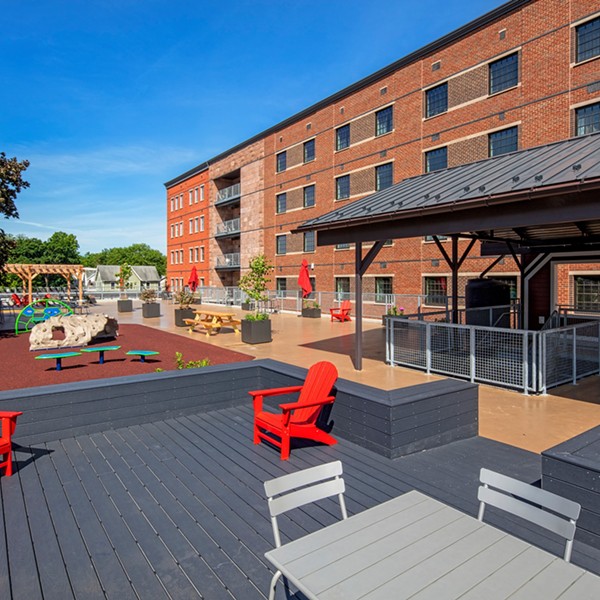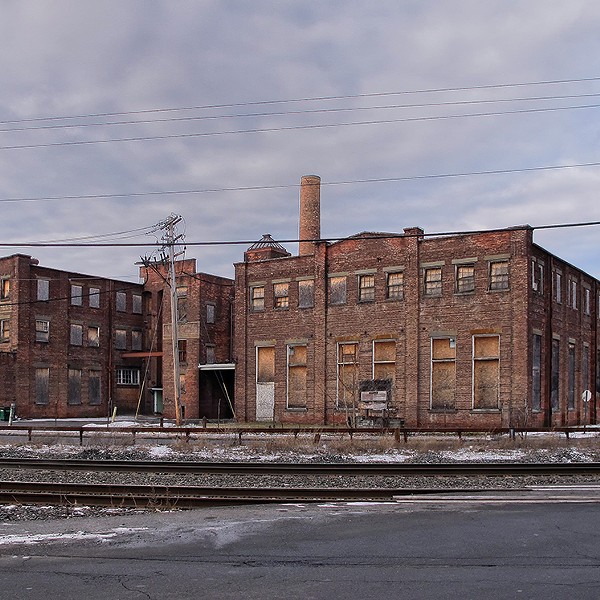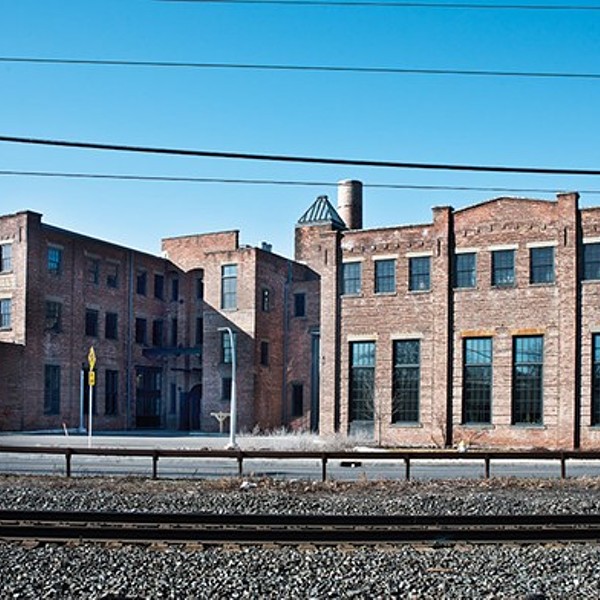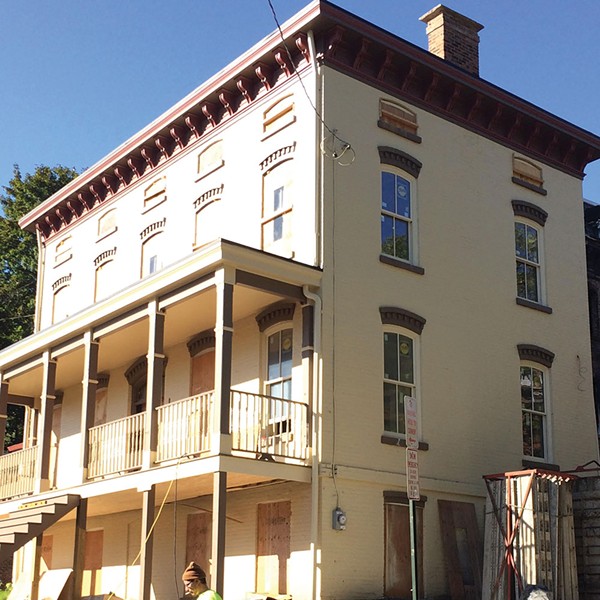It seems impossible for one person to have experienced so much difficulty trying to find a home for her family, especially in a region renowned for its high quality of life. However, Barbara McClinton's story illustrates the crisis of homelessness - and increased vulnerability to homelessness - that is prevalent throughout the Hudson Valley. Unlike urban homelessness, which tends to occur, literally, on the street, in full view of the general population and often accompanied by aggressive panhandling, occurrences of homelessness and near homelessness are fairly well hidden in the largely rural Hudson Valley. But if you know where to look, people who are homeless or in danger of becoming homeless can be found in some surprising locations and population sectors throughout the region.
WHO IS HOMELESS?
According to the Department of Housing and Urban Development (HUD), on any given night, 600,000 people are without homes in the US. Each year, approximately one percent of the US population - two to three million people - experiences a night of homelessness that puts them into contact with a homeless assistance provider; however, among those whose incomes fall below the poverty line, between four and six percent experience short-term homelessness. Chronic - long-term or repeated - homelessness is experienced by approximately 200,000 people each year.
In order to receive federal homeless assistance funding, each county must conduct a survey of its homeless population during a single day each year, counting those who are using its emergency and temporary shelters as well as those who are seen to be living on the street. The survey, says Cathy Germaine of Shingebiss Associates, the grant-writing firm that spearheaded Ulster County's survey this year, "provides a snapshot of visible homeless people on a single day in time," including those who present themselves at shelters as well as those who are discovered to be unsheltered by law enforcement officials and outreach workers.
| King's Inn |
For this year's survey, says Ann Saylor of the Dutchess County Department of Planning, Dutchess County's emergency and transitional sheltered homeless population included 185 single people, including 50 youth, and 86 families comprised of 186 people. The unsheltered count included 91 individuals and 108 family members.
"We've seen huge increases in people who are homeless over the past five years," says Tina Sharpe, executive director of Columbia Opportunities, Inc., a social services agency in Columbia County. During the 2002-2003 fiscal year, says Sharpe, her agency served 305 homeless households, representing 466 people over a 12-month period. But within the first six months of 2003-2004, Columbia Opportunities had already seen 120 homeless households, representing 162 individuals.
Ulster County's most recent survey, conducted last June 16, includes its first unsheltered homeless count ever. "Ulster County is the size of Rhode Island, and being as rural as it is, it's very difficult," says Cathy Germaine, who worked with several Ulster County social service agencies on the survey. "Homeless numbers change dramatically depending on what time of year you're counting. This time of year, [Ulster County tends] to have a lot more homeless coming in - it's called herding - because of the weather conditions and the growing and picking season." This year's emergency sheltered count included 22 individuals and 22 families made up of 56 people, while there were 117 individuals and two families encompassing six people in transitional housing. Among the unsheltered were one homeless family and five single people.
MORE PEOPLE, LESS HOUSING
"The next story you should write is the relationship between gentrification and homelessness," says one Columbia-Greene official who asked not to be named. "Hudson is a good example. All the antiques, New York City restaurants and stores came up and confiscated all the businesses on Warren Street. Well, guess who lived on the second and third and fourth floors of those buildings - poor people. The amount of money that the local [Department of Social Services] has spent on what they call emergency housing - if you show up at a DSS and say I'm homeless and you qualify, they'll put you up; here it costs $65 a night - went from a little under $100,000 in 2002 to $300,000 plus in 2003" in Columbia-Greene.
















